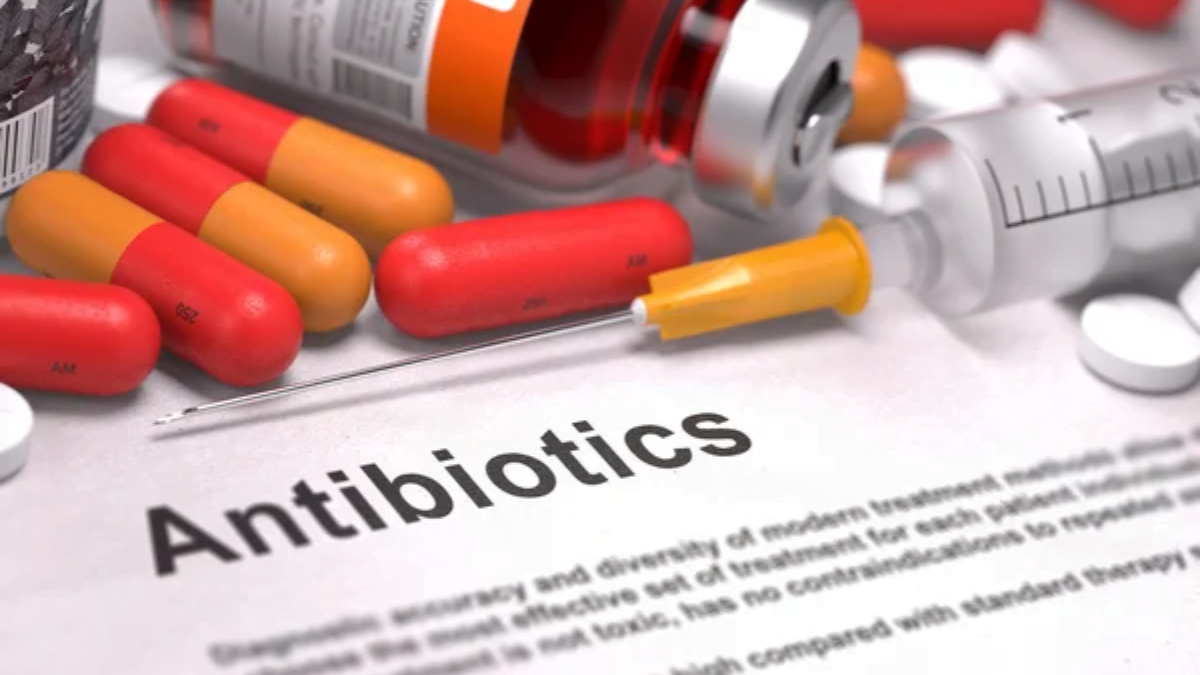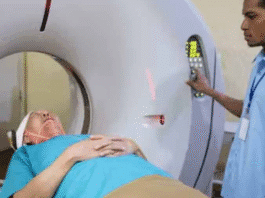Understanding Probiotics and Their Benefits
Probiotic foods have become a buzzword in health and wellness circles. Still, many people still don’t know what probiotics are. They also don’t know which foods contain them. In this comprehensive guide, we’ll explain what probiotics are. We will discuss their benefits and how you can include them in your daily diet.
What Are Probiotics?
Probiotics are live microorganisms, primarily bacteria and yeasts, that offer health benefits when consumed in adequate amounts. They are often called “good” or “friendly” bacteria. They help preserve a healthy balance in your gut microbiome. This balance is essential for overall health.
The Importance of Probiotic Foods

Doctors and nutritionists emphasize the importance of including probiotics in your daily diet for several reasons:
Gut Health: Probiotic foods help keep a healthy balance of gut bacteria. This balance is crucial for digestion. It also aids in the absorption of nutrients. They can also prevent and treat diarrhea caused by infections or antibiotic use.
Immune Support: A significant part of the immune system is located in the gut. By promoting a healthy gut microbiome, probiotics can enhance the immune role and help the body fend off illnesses.
Mental Health: Emerging research suggests a strong link between gut health and mental well-being. A balanced gut microbiome can help reduce symptoms of anxiety, depression, and stress.
Skin Health: Probiotic foods can improve skin conditions including eczema, acne, and rosacea. They reduce inflammation and support the skin’s natural barrier.
Weight Management: Some studies suggest that probiotics can help with weight loss. They may also prevent obesity by regulating appetite and fat storage.
Sources of Probiotics
Probiotics can be found in a variety of foods and supplements. Here are some of the best sources:
Dairy Products
Yogurt: Yogurt is one of the most well-known sources of probiotic food. It is made by fermenting milk with bacterial cultures like Lactobacillus bulgaricus and Streptococcus thermophilus. Eating yogurt regularly can support gut health and give a good dose of probiotics.
Kefir: Kefir is a fermented milk drink that holds a diverse array of probiotic strains. It’s often described as a more potent source of probiotics than yogurt.
Cheese: Certain types of cheese, like Gouda, cheddar, and mozzarella, contain probiotics. Look for cheese labeled as containing live and active cultures.
Fermented Foods
Sauerkraut: Sauerkraut is fermented cabbage that includes a variety of beneficial bacteria. It is a rich source of probiotic foods. You can easily add it to salads or sandwiches. It can also be eaten as a side dish.
Kimchi: Kimchi, a traditional Korean dish made from fermented vegetables, is packed with probiotic foods. It’s typically spicy and can add a flavorful kick to meals.
Pickles: Naturally fermented pickles, made without vinegar, are a good source of probiotics. Look for pickles that are brined in saltwater.
Non-Dairy Options
Miso: Miso is a Japanese seasoning made from fermented soybeans, rice, or barley. It’s commonly used in soups and sauces and provides a rich source of probiotics.
Tempeh: Tempeh is a fermented soybean product that is often used as a meat substitute. It is high in protein and includes beneficial bacteria.
Natto: Natto is a traditional Japanese dish made from fermented soybeans. It has a strong flavor and texture but is highly nutritious and rich in probiotics.
Kombucha: Kombucha is a fermented tea drink that includes a variety of beneficial bacteria and yeasts. It’s available in many flavors and can be a refreshing way to get your probiotics.
Fruits and Vegetables
Bananas: While not a probiotic food themselves, bananas contain prebiotics, which are fibers that feed probiotics. Eating bananas can enhance the effectiveness of probiotics in your diet.
Garlic: Raw garlic holds a significant amount of prebiotics, which support the growth of probiotics. Incorporating raw garlic into your diet can boost your gut health.
Homemade Probiotics
Buttermilk and other homemade fermented foods can be excellent sources of probiotics. You know exactly what you’re consuming when you make your own fermented foods. It can also be more cost-effective than store-bought options.
Probiotic Supplements

It’s best to get probiotics from food. Nonetheless, supplements are a choice for those who find it challenging to include enough probiotic-rich foods in their diet. When choosing a supplement, look for one that includes multiple strains of bacteria. Make sure it has a high CFU (colony-forming units) count. It’s also important to choose a reputable brand to confirm the quality and viability of the probiotics.
Probiotics and Antibiotics: A Complex Relationship
There is some controversy over whether you should routinely take probiotics with antibiotics. Antibiotics can disrupt the balance of gut bacteria, leading to side effects like diarrhea. Probiotics can help restore this balance, but the relationship is complex and not fully understood.
Supporting Evidence
A Cochrane review of 23 studies included 3,938 participants. It found that taking probiotics with antibiotics reduced the incidence of antibiotic-associated diarrhea. The rate decreased from 19% to 8%. The review concluded that probiotics protect against this type of diarrhea. The most appropriate choices are Lactobacillus rhamnosus or Saccharomyces boulardii.
Contradictory Evidence
Nonetheless, a 2019 study was conducted by the Weizmann Institute of Science in Israel. Researchers found a significant delay in gut microbiome recovery. It took six months for the microbiome of people to return to its normal state. This occurred after they took probiotics after antibiotics. In contrast, it took just three weeks to return for those who did not take probiotic foods. This suggests that probiotics delay the recovery of the gut microbiome after antibiotic treatment.
Common Side Effects of Probiotics
Probiotic foods are generally safe. But, some people experience side effects. This is especially true when they first start taking them. These can include:
- Abdominal bloating
- Abdominal pain
- Chest pain
- Constipation
- Flatulence
- Gas
- Increased phlegm
- Low appetite
- Nausea
- Rash
- Taste disturbance
- Vomiting
If you experience severe or persistent side effects, it’s important to consult with a healthcare professional.
The Gut Microbiome
Our digestive tract houses trillions of bacteria, fungi, and viruses. These are collectively known as the gut microbiome. The makeup of this microbiome is largely determined by genetics, but it is also influenced by factors like birth method (vaginal vs. cesarean), breastfeeding, antibiotic use, and exposure to chemicals and toxins.
The Role of the Gut Microbiome in Health
The gut microbiome plays a crucial role in our overall well-being. It is often referred to as our “second brain” due to its significant impact on various bodily functions and systems. An imbalance in the gut microbiome can lead to several health issues, including:
Digestive Problems: Constipation, diarrhea, and irritable bowel syndrome (IBS) can result from an imbalanced gut microbiome.
Skin Conditions: Skin issues like acne, eczema, and rosacea have been linked to gut health.
Mental Health Disorders: Anxiety, depression, and other mental health conditions can be influenced by the gut-brain axis.
Immune System Dysfunction: A large part of the immune system is located in the gut. An imbalance can lead to a weakened immune response.
Metabolic Issues: The gut microbiome impacts how we store fat. It also influences our response to insulin. These changes affect our risk of obesity and type 2 diabetes.
Enhancing the Gut Microbiome with Probiotics
Probiotics can help keep or restore a healthy gut microbiome. Here are some ways to incorporate them into your daily routine:
Start Your Day with Probiotics: Start your day with a probiotic-rich breakfast. Yogurt with fresh fruit and granola or a smoothie made with kefir are excellent choices.
Incorporate Fermented Foods: Add fermented foods like sauerkraut, kimchi, and pickles to your meals. These can be easily added to salads, sandwiches, or enjoyed as a side dish.
Snack on Probiotic Foods: Snack on probiotic-rich foods like cheese or kombucha. These can be a healthy choice to processed snacks.
Include Probiotic foods in Every Meal: Try to include a source of probiotics in every meal. For example, you can use miso paste in soups and sauces or add tempeh to stir-fries and salads.
Make Your Fermented Foods: Making your fermented foods like buttermilk, yogurt, and pickles can be fun and rewarding. It ensures you are getting high-quality probiotic foods.
Balancing Probiotics with Prebiotics
Prebiotics are non-digestible fibers that feed probiotics and help them thrive in the gut. Including prebiotic-rich foods in your diet can enhance the effectiveness of probiotic foods. Good sources of prebiotics include:
Vegetables: Artichokes, asparagus, garlic, onions, and green vegetables are all rich in prebiotics.
Fruits: Bananas, berries, and tomatoes give a good amount of prebiotics.
Grains: Whole grains like barley, oats, and wheat contain prebiotic fibers.
Herbs: Chicory root and garlic are excellent sources of prebiotics.
Other Fibers: Inulin, a type of prebiotic fiber, can be found in foods like granola bars, cereal, and yogurt.
The Future of Probiotics Research
Interest in probiotics is growing. Still, there is still much we do not know about most microbes in our bodies. We do not fully understand many aspects of their nature. Ongoing research aims to better understand these interactions and the potential health benefits of probiotics.
Probiotic foods have re-emerged as a means to restore and boost beneficial microbes in our bodies. This is particularly important as antibiotic resistance becomes a growing concern. Evidence suggests that probiotic strains can act as adjuncts to antibiotic therapy. They reduce adverse effects, improve antibiotic role, and enhance mucosal immunity.
Key Takeaways

Probiotic foods are Essential for Gut Health. They help preserve a healthy balance of gut bacteria. They support the immune system and prevent various health issues.
Probiotics Can Be Found in Many Foods: Yogurt, kefir, sauerkraut, kimchi, miso, tempeh, and kombucha are excellent sources. Prebiotic foods like bananas and garlic can enhance their effectiveness.
Probiotics and Antibiotics: Probiotics can help mitigate some of the negative effects of antibiotics. But the relationship is complex. More research is needed.
Potential Side Effects: Probiotic foods are generally safe. Nonetheless, some people experience minor side effects. These include gas, bloating, and abdominal discomfort.
The Gut Microbiome is Crucial for Overall Health: An imbalance can lead to various health issues. Probiotics can help support or restore a healthy gut microbiome.
Incorporating probiotic foods into your diet can be a simple yet effective way to improve your health. Whether through food or supplements, make sure you get enough probiotic foods. This can support your digestive system, boost your immune response, and enhance your overall well-being. Always consult with healthcare professionals to find out the best approach for your individual needs. This is crucial, especially when considering probiotic foods and supplements. It is also important when using them alongside antibiotics.
Conclusion
Probiotic foods are a powerful tool for maintaining and improving health. Understand what probiotics are and learn about their benefits. Discover how to incorporate them into your diet. By doing so, you can take proactive steps towards better gut health and overall wellness.
Remember to balance probiotics with prebiotics for optimal effectiveness, and consult with healthcare professionals for personalized advice. The field of probiotics is continually evolving. Ongoing research will undoubtedly reveal even more about the vital role these beneficial microorganisms play in our health.
Discover more from currentnewschannel.com
Subscribe to get the latest posts sent to your email.













[…] it comes to gut health, there’s often confusion about two key players: prebiotics and probiotics. They’re like the Batman and Robin of your digestive system. Each has unique roles. When they […]